Environmental Mitigation
With our partners around the world, we researched and tested conservation agriculture practices that empower farmers to mitigate wheat production’s environmental footprint, while turning a profit. Zero-tillage, crop rotation, improved nitrogen fertilizer and water management, nitrogen-efficient wheat, and mechanization all have a big role to play.
